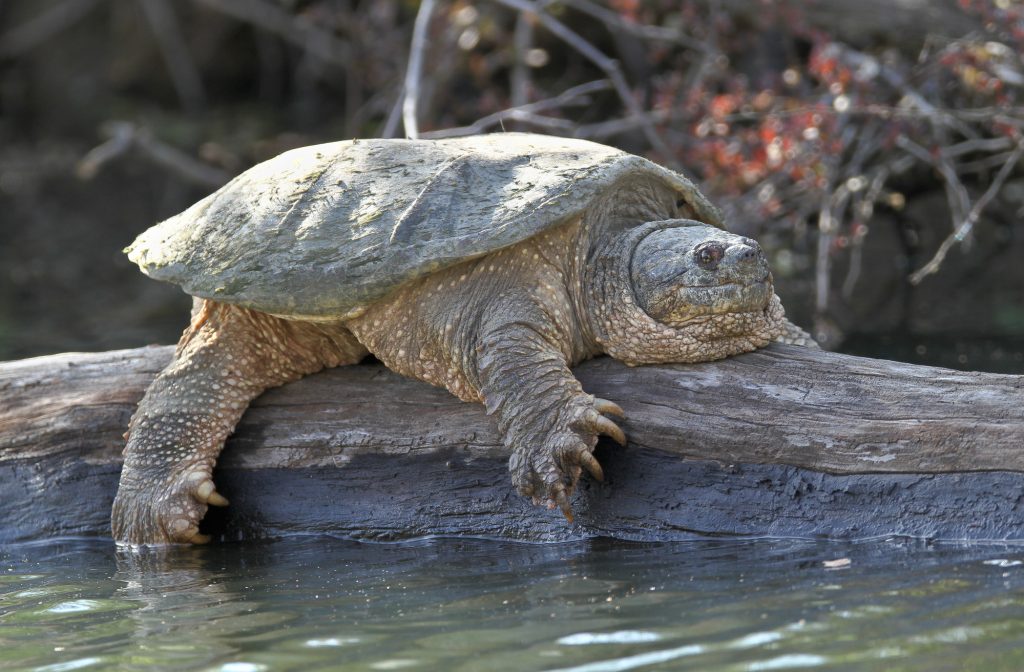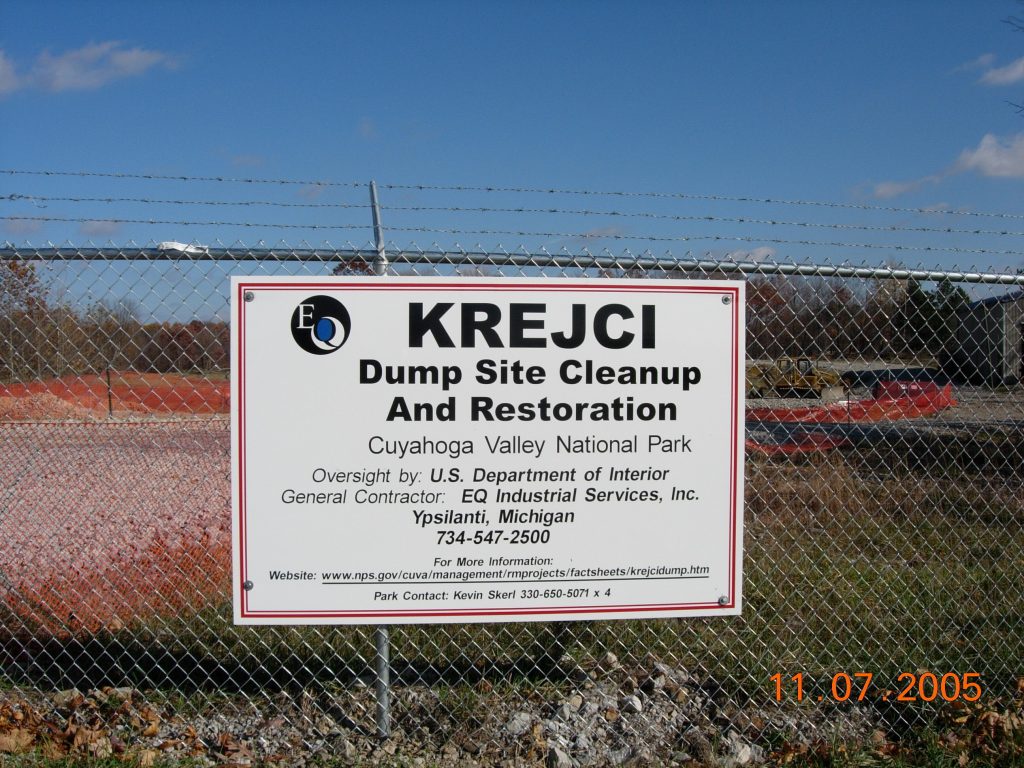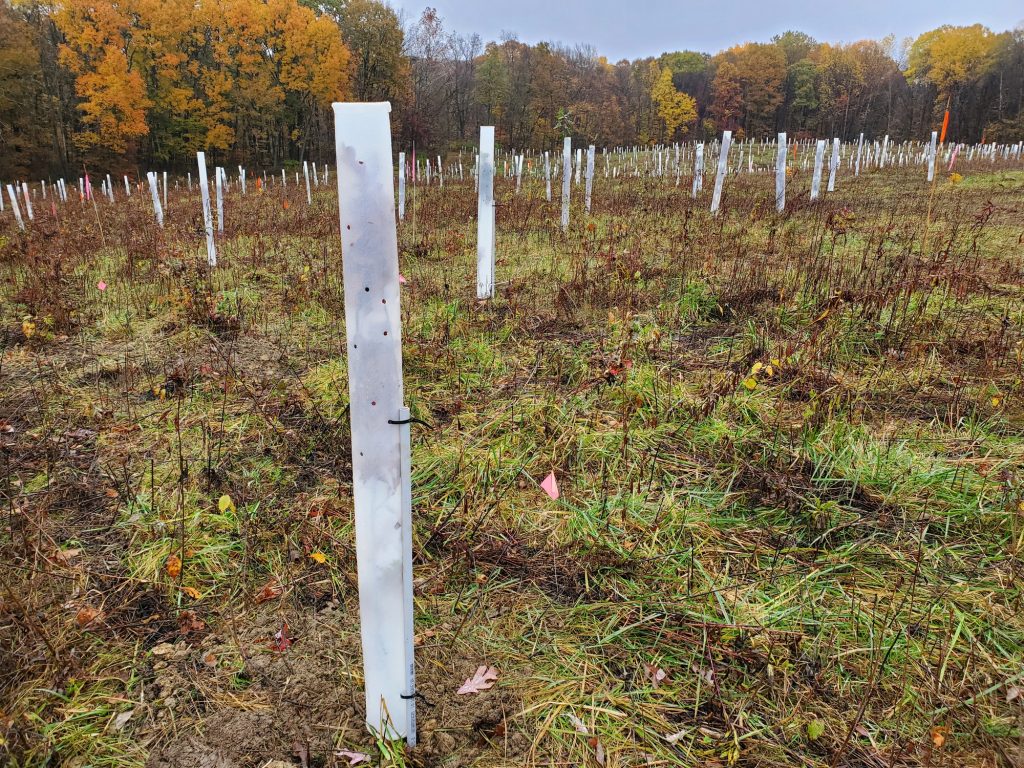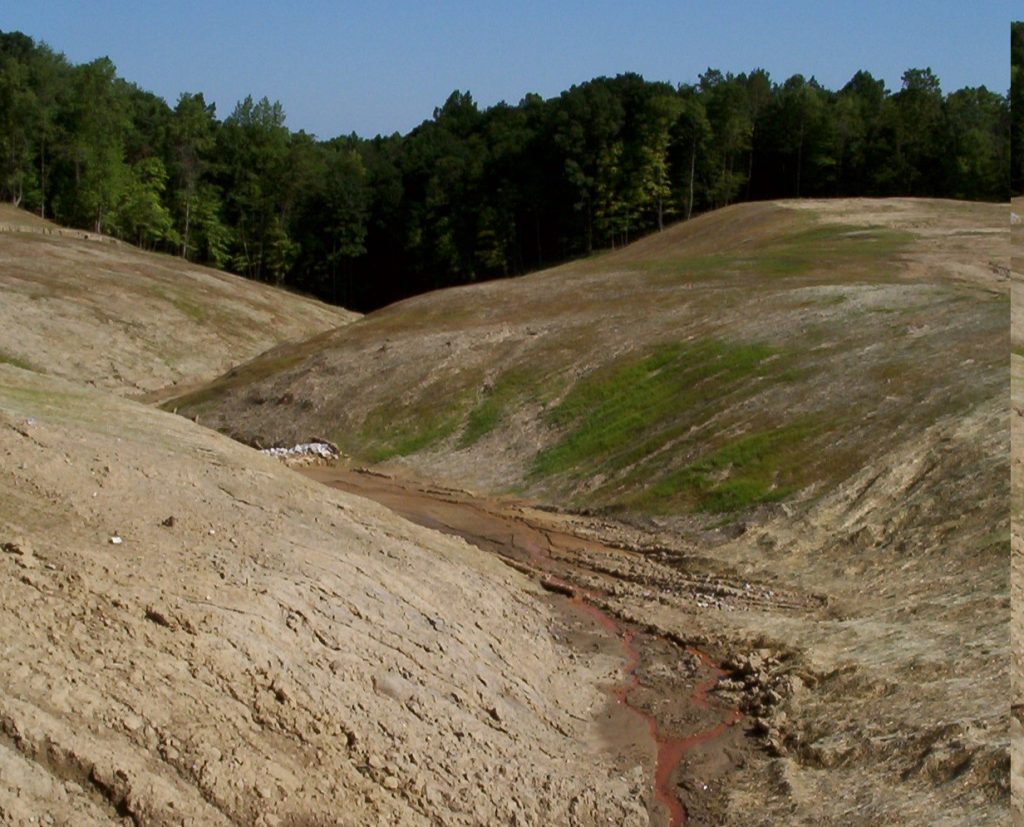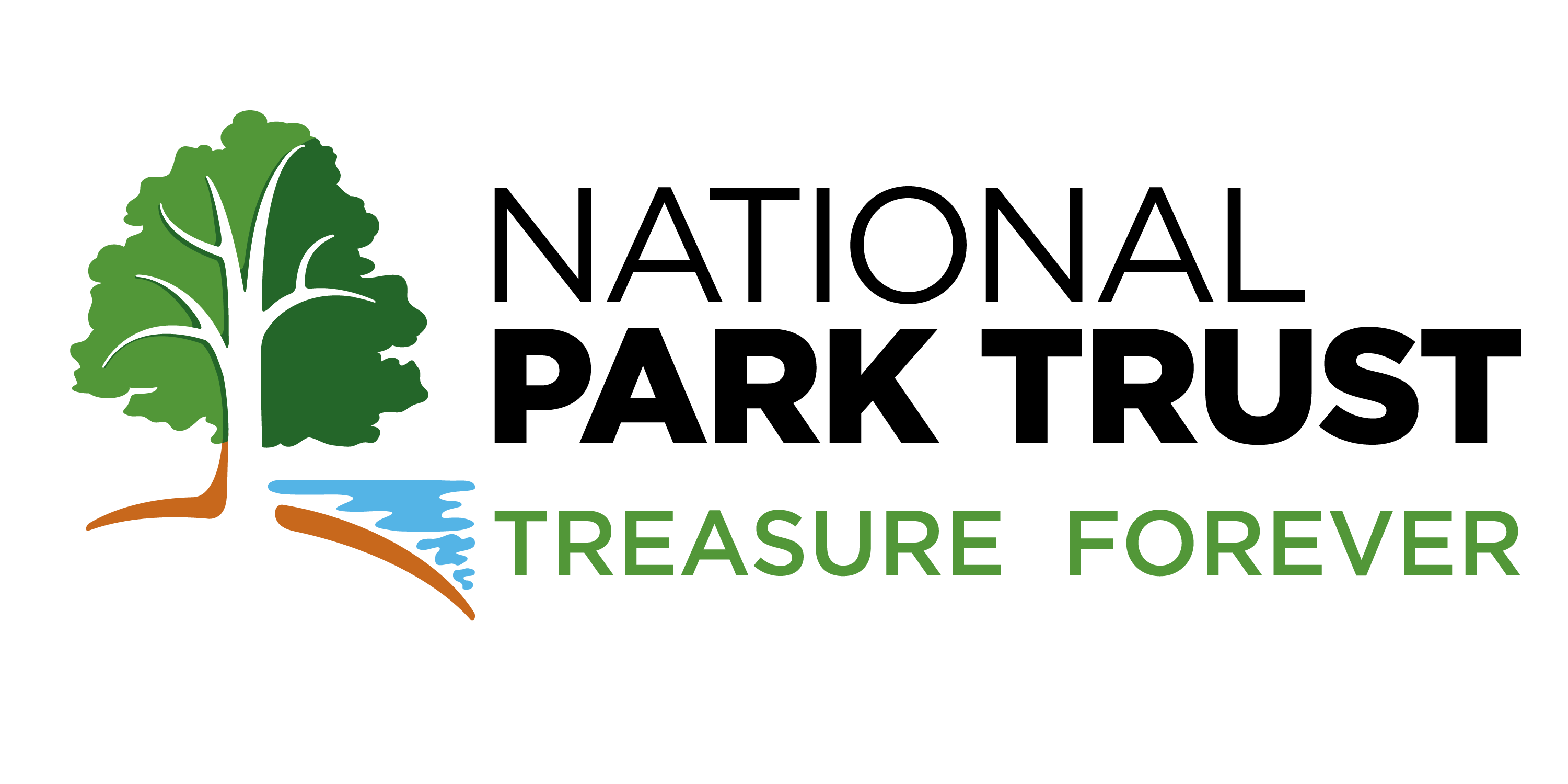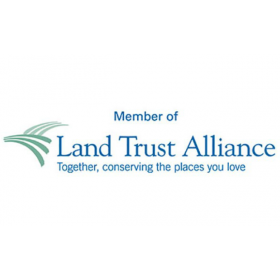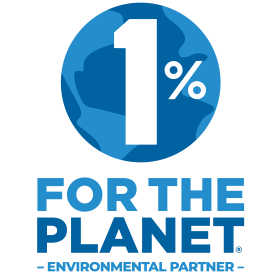Nature’s Comeback Story: How Cuyahoga Valley National Park Went From a “Chemical Dumping Ground” to an “Eco-oasis.”
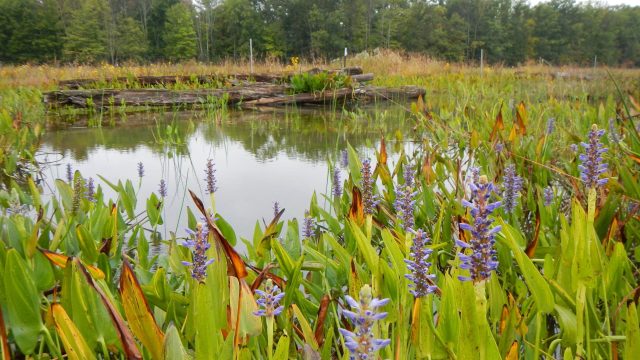
Earth Day, which will be celebrated on April 22nd, reminds us of the importance of environmental conservation and the need to take action to protect our planet. It’s a day to appreciate the beauty of nature and reflect on our role in preserving it for future generations. Cuyahoga Valley National Park in Ohio is an inspiring example of how stewardship can create national parks out of polluted spaces.
The transformation of the park is nothing short of miraculous. Decades ago, the site was known as the Krejci Dump: a place to leave industrial waste, including hazardous chemicals and carcinogens, and a junkyard for cars. This dumping continued from the 1940s to the 1980s, causing extensive environmental damage and seriously threatening the health of the communities between Cleveland and Akron, Ohio.
In the 1980s, the National Park Service (NPS) bought the land because of its proximity to the Cuyahoga Valley National Park. At the time, the dump had been abandoned and designated a Superfund site, marking it as one of the most polluted areas in America. People in surrounding neighborhoods had started to get sick when they used the water because of the contamination, which had also harmed the surrounding environment, including the area’s wetlands. The presence of chemicals in the soil and water had created a “biological desert,” meaning it was so difficult for plants and animals to live there that there was almost no life in the 50-acre area. As the story goes, when the park was first opened to visitors, before the need for cleanup was recognized, park rangers and visitors reported getting ill after spending time there.
Then in 1986, NPS closed the park from public access and began investigating how deep the pollution went. For decades NPS worked alongside the companies responsible for the damage. They removed tons of soil containing hazardous chemicals, leaking barrels, and solid waste, which were sent to regulated waste disposal sites. They then began the long process of revegetating the area to restore the natural habitats and wetland ecosystems.
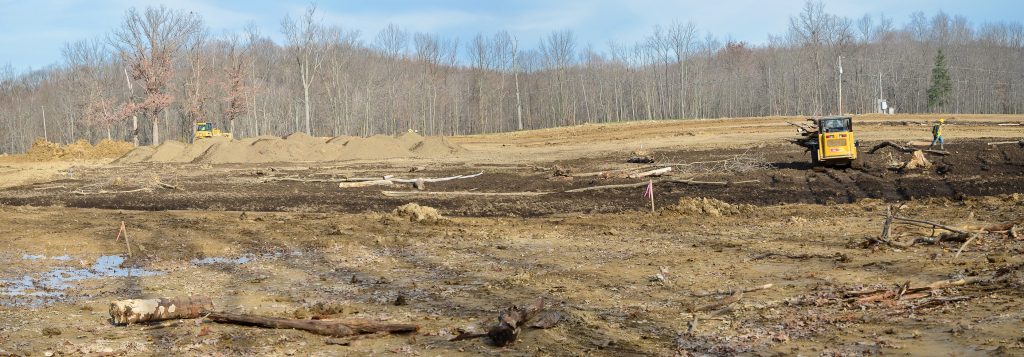
The project was the most extensive and expensive reclamation or rehabilitation project overseen by NPS. Due to their efforts, this expansion of the park was opened to the public in 2021 and now thrives with sweeping meadows filled with wildflowers and wetlands inhabited by birds, fish, and turtles.
The environmental restoration work done in the Cuyahoga Valley National Park significantly impacted how the NPS approached future ecological stewardship efforts. It helped shape how society views toxic waste disposal, which led to better laws and regulations to protect Earth’s precious resources. Ultimately, NPS set up strict ecological standards for their national parks, arguably the highest standards in the country. It also affected how NPS acquires land, setting careful protocols for environmental investigation before purchase.
As we celebrate Earth Day, it’s important to remember that we all have a role to play in protecting and restoring our planet. In order to connect more people to national parks, every year on Earth Day the National Park Service offers free entrance to all national park sites so that everyone can appreciate our public parks, lands, and waters.
